Running shoes have been shaping athletic wear trends for many years. Each manufacturer has settled on a signature design that their fans love. They have completely mastered the appeal of their shoes, using colours and styles to lure us into their stores. Looking fit and funky from head to toe may be great motivation to grab a pair of the latest release, but let’s not neglect the most important feature: how do they fit?
If you want to take your runs to new heights, you must sufficiently accommodate your feet with running shoes that match your feet and their unique characteristics. Today’s article will give you the running shoe advice necessary for your next purchase. We’ll cover the importance of knowing your arch type and how it affects the kind of shoe that offers the best support. Let’s begin.
For more insights on choosing the right running shoes, read our detailed guide: How to Choose Running Shoes Online in SA.
Why Foot Size and Shape Matter
Your running shoe size is more than just about comfort; a poor fit can lead to discomfort, blisters, or even long-term injuries such as plantar fasciitis and shin splints. This is why accurately measuring your foot size and shape must come before purchasing your running shoe. While it is easy to only focus on length, measuring your foot’s width to ensure a snug, supportive fit is equally important.
Measuring Your Foot Correctly
It is useful to gauge the shoes’ fit by walking around when you try them on. This will help you assess both width and length. Many people overlook the powerful role of foot width in how comfortable the shoe will feel during a run. Shoes that fit too tightly can compress your toes, cause friction, and painfully rub against your heels. On the other hand, shoes that are too wide may cause slippage and instability and result in painful sores. The best running shoe advice is this: get thorough foot measurements done at the end of the day when your feet are slightly swollen. This way, you’ll get the most precise running shoe size.
In addition, maintain a thumb’s width of running shoe toe space between your longest toe and the front of the shoe. This will prevent you from potentially losing a toenail as your toes jam into the front when you’re running downhill or stopping abruptly. It will also make allowance for the socks you plan to run in. One foot will likely be bigger so let that foot be your template. Don’t forget to re-measure your feet with every new pair you buy.
How Can I Discover My Arch Type?
The arch of your foot plays a pivotal role in finding the perfect-fitting running shoe. There are three main types of arches: low, medium (neutral), and high and each arch type requires a different level of support to prevent injury and improve your running form and performance.
Low Arch (Flat Feet)
People with flat feet usually overpronate, meaning their feet roll inward as they run. Stability or motion control shoes provide extra protection and cushioning to counteract this.
Medium Arch (Neutral)
Runners with neutral arches have the most versatile foot type, and they typically benefit from neutral shoes that provide a balance of support and insulation.
High Arch
High-arched runners generally underpronate (supinate), meaning their feet roll outward. They should look for padded shoes that absorb impact and provide flexibility.
You can choose shoes that brace your foot adequately, improve your overall comfort, and reduce the risk of injury when you know your arch type.
Is the Width and Materials of My Shoe Important?
Foot width varies between individuals, compelling running shoe brands to supply multiple width options. Finding shoes that don't pinch or restrict your foot’s natural movement is optimal. Additionally, the upper material of the shoe can impact comfort. Breathable, stretchy fabrics that widen for swollen feet during long runs make your shoes feel cosier as you cover more distance.
Running Shoe Recommendations
Now that you are aware of your foot size, width, and arch type, these few running shoe recommendations can get you started.
For flat feet, look for stability shoes like the Brooks Adrenaline GTS or the Asics Gel-Kayano, which offer motion control and extra arch reinforcement. For neutral arches, related shoes like the Nike Air Zoom Pegasus or the Saucony Ride are great options, bringing a balanced blend of comfort and support. For high arches, cushioned shoes like the Hoka One One Clifton or New Balance Fresh Foam provide the necessary shock absorption for underpronators.
Final Running Trainer Advice
The best running shoe advice is to buy a trainer that captures your whole foot and its movements in all its glory. Fully appreciating your foot’s size, shape, and arch type before purchasing a pair is a great place to begin. A well-fitting running shoe makes your runs more enjoyable, decreases the risk of injury, and supports your fitness goals. With these running shoe tips in mind, you’ll be much closer to the perfect pair.
Unearth our impressive selection of running shoes to match this expert running trainer advice. Get lost in our online running shoe store and find the perfect pair your feet will love!

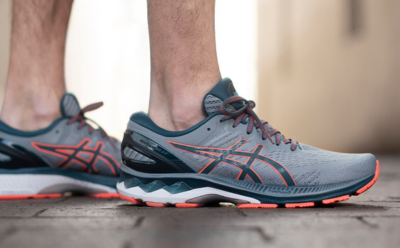
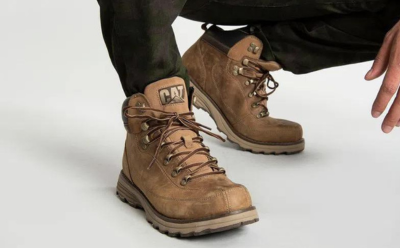
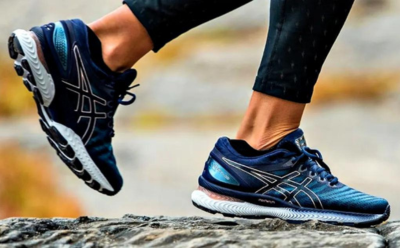
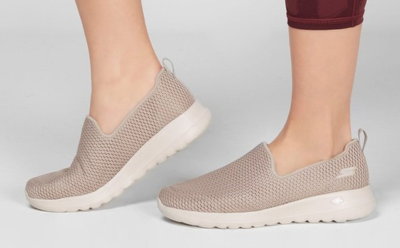


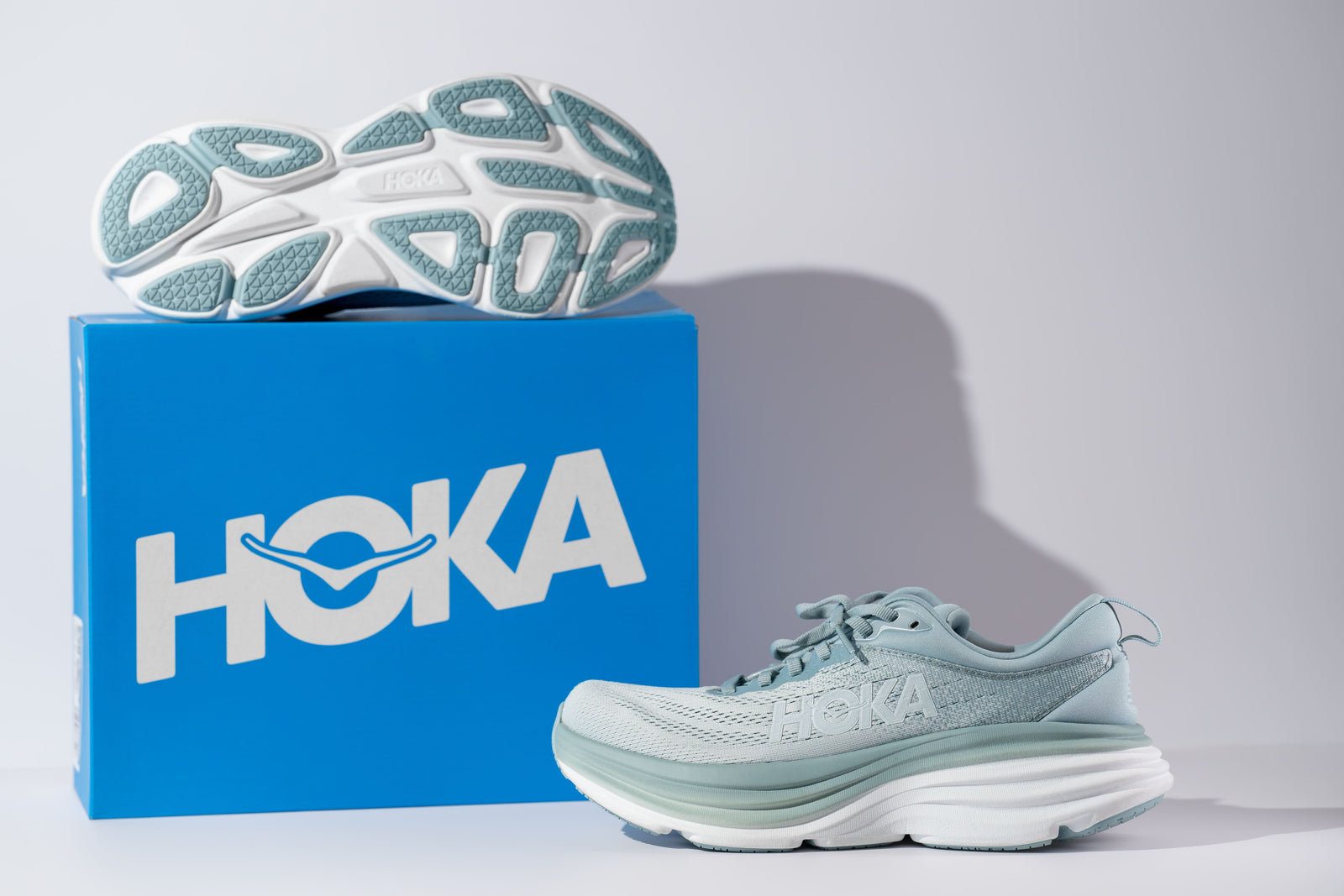
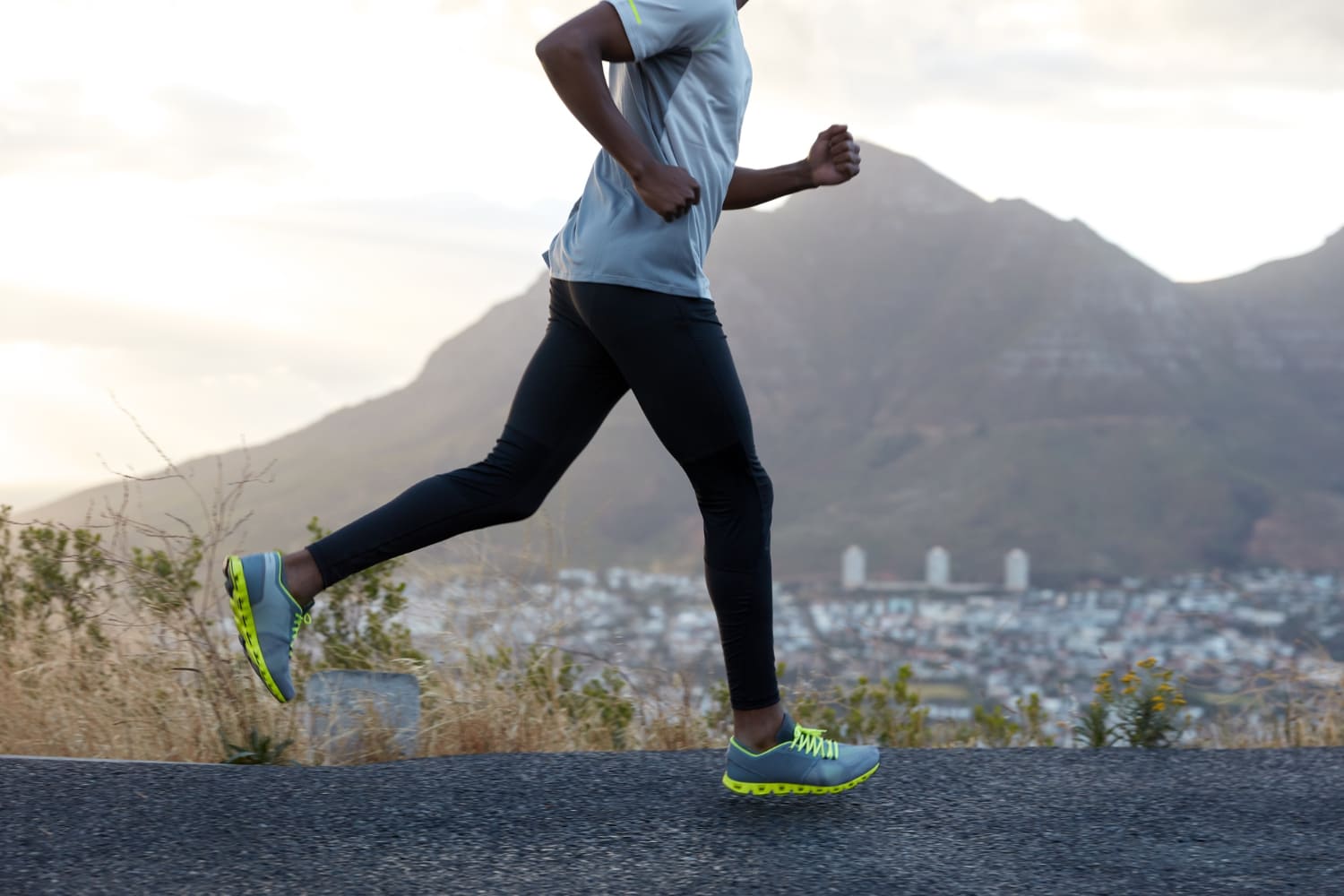
Leave a comment (all fields required)